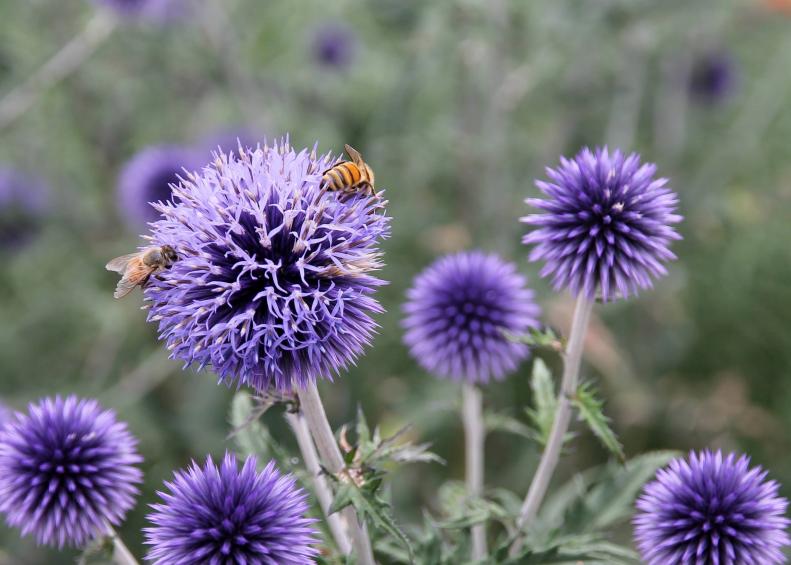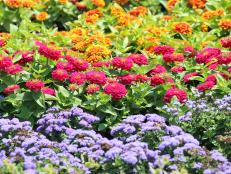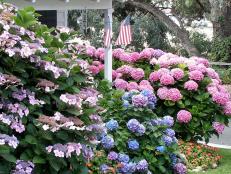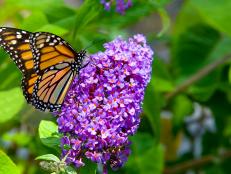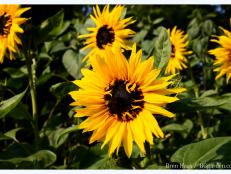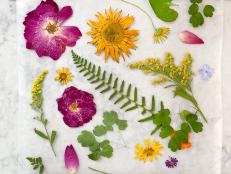1 / 21
Photo: Sally Guthart, Earthborn Landscape Design.
From:
Lynn Coulter.
Our Favorite Drying Flowers
Brighten your home by preserving flowers for dried arrangements, created with a colorful crop you've grown yourself or picked elsewhere. Or, add personality to your cards, picture frames and scrapbooks with the following beauties that are among our favorite drying flowers.
You’ll need to wear gloves to protect your hands when you’re working with the prickly globe thistle 'Blue Glow', shown above, but these flowers are striking when dried. Cut the stems from your plants after the morning dew evaporates, just before the buds are completely open, or the flowers are fully mature. They’ll usually continue to open after cutting. Tie the stems together and air dry them, upside down, in a dark, dry spot.






